
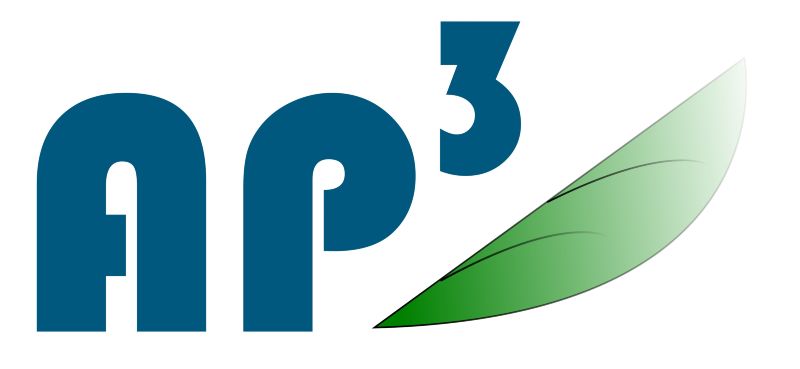
The change from a petroleum based to a more sustainable and bio-based economy necessitates the development of novel concepts to maintain the supply of raw materials and energy. Biorefinery concepts for the valorisation of lignocellulosic biomass are promising alternatives to secure economic prosperity combined with ecological and social responsibility. Between 2017 – 2020, an interdisciplinary team of eight BioSC Core Groups establish a novel biorefinery concept within the Focus lab AP³: Perennial lignocellulosic biomass grown on marginal soils is processed by the OrganoCat technology to platform chemicals such as cellulose, sugars and lignin for further utilization.
The Focus lab combined expertise in plant biology, chemical & process engineering and socio-economy to
- increase the potential of perennial plants towards biomass processability;
- elevate technological readiness of OrganoCat by establishing downstream and up-stream processing as well as technical scale-up;
- evaluate the economic and societal impact of the developed technology, concepts and products.
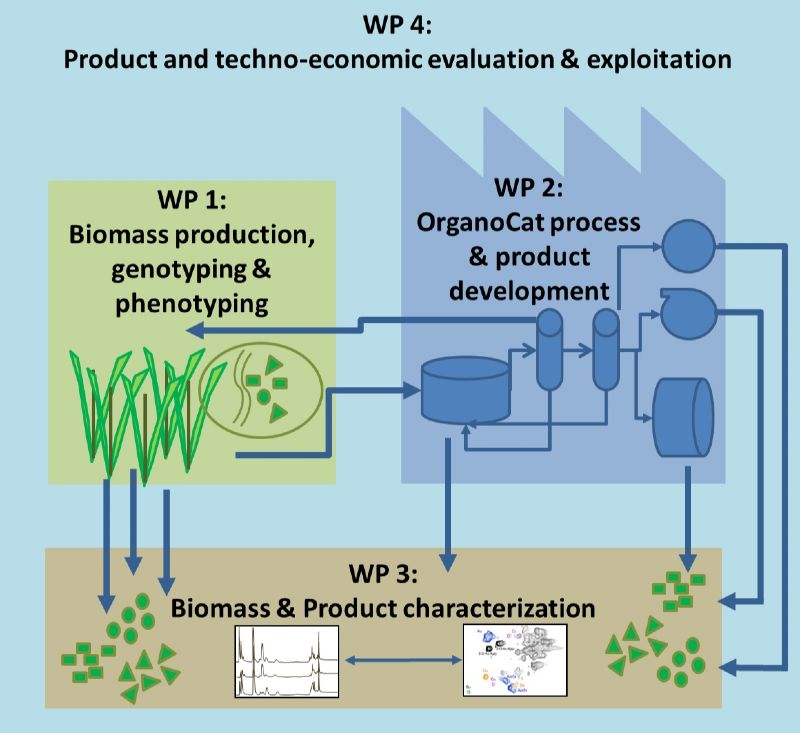
Perennial plants as renewable resources
In order to elevate the potential of perennial plants as renewable resources, novel plant management strategies combined with different genetic varieties were established. Using a plant collection of Sida hermaphrodita ecotypes from different locations in North America and Europe, the effectiveness of different alternative fertilizers on the biomass composition was investigated. Particularly the plants´ response towards the form of inorganic nitrogen was studied and the impact on cell walls composition was analysed. Genomic DNA was obtained from the “Leipzig” accession and a draft genome was assembled that will foster further genetic and molecular biologic studies and will enable a future breeding of these plants towards biomass amelioration.
Biorefineries have to deal with different types of lignocellulosic feedstocks. The composition and interconnection of the different lignocellulosic building blocks is of importance for the subsequent processing - a fact which is described as recalcitrance. To elucidate the recalcitrance of lignocellulose towards OrganoCat processing, detailed compositional data of prototypic plants was compared with their process performance. By that, generic factors – especially lignin-based factors – were identified which are important to consider during process development.
Setting up an OrganoCat pilot biorefinery
To increase the exploitation potential of an OrganoCat based biorefinery, technologies and strategies for lignin utilisation have been developed and investigated. Since in many biorefinery approaches lignin is only used to generate heat and electricity, there is currently the need to develop technologies to extract and fractionate valuable lignin for further use. In the OrganoCat process, lignin is extracted in situ using an organic solvent (2-Methyltetrahudrofurane; 2-MTHF) as a second phase. In AP³, a novel concept for lignin separation from 2-MTHF was developed, based on antisolvent precipitation. Using this technology, it is possible not only to isolate lignin from the organic phase but also to fractionate it further based on its molecular weight. Lignin therefore can be tailored towards size and quality (amount of beta aryl ether linkages, monomer unit ratio) and may be used for different applications such as insulation materials, paint components or constituents of bio-based plastics.
Innovation context analysis
To build a bridge from research and technology development to commercial application, the innovation system around lignocellulosic biorefineries was analysed. Aiming to answer key questions - which industry sectors are relevant for the technology development; which companies are already involved and what is their role in these value chains – a business to business survey was conducted. By interviewing the involved stakeholders, hurdles and pitfalls for the implementation of lignocellulosic biorefinery concepts were identified. A reorientation from fuels as a main target towards (partially new) products such biochemicals and advanced materials is of great importance. The lack of commercially attractive markets represents one barrier for the future development of lignocellulosic biorefineries. An additional hurdle is, that these technologies must also demonstrate the sustainable and efficient use of all plant parts, waste streams, and by-products.
The AP³ FocusLab successfully developed further scientific knowledge on the sustainable production of lignocellulosic biomass and its subsequent holistic processing. Novel technologies were created and investigated and a systematic view on lignocellulose processing and valorisation will foster a future application of the AP³-concepts.
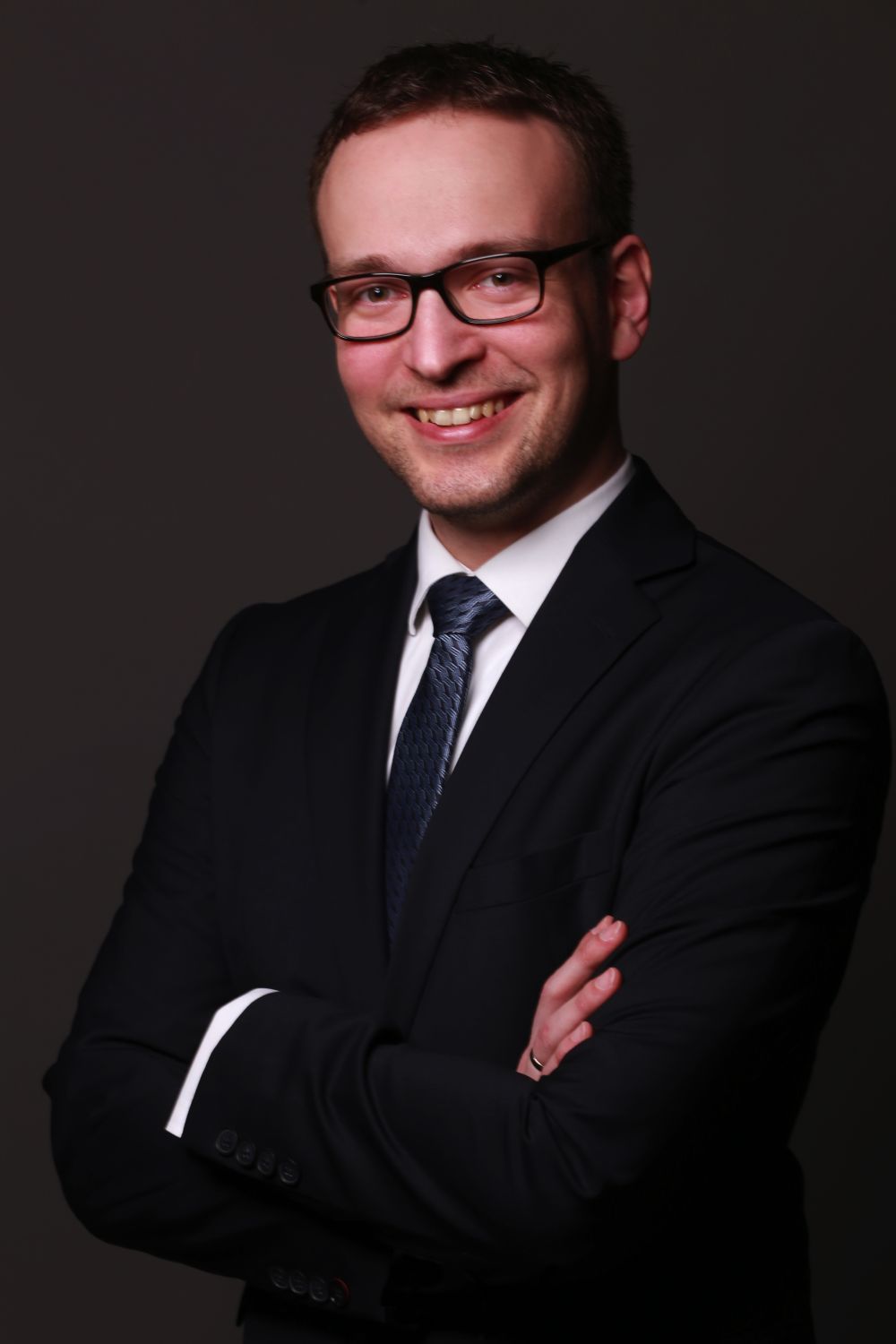
Dr. Holger Klose
IBG-2 Plant Sciences, Plant Sciences, Forschungszentrum Jülich
E-Mail
Prof. Dr. Ulrich Schurr, Dr. Holger Klose, Dr. Silvia Schrey, Dr. Philipp M. Grande
IBG-2 Plant Sciences, Forschungszentrum Jülich
Prof. Dr. Björn Usadel, Sabine Dietrich
ABBt – Botany and Molecular Genetics, RWTH Aachen
(new address: IBG-4 Bioinformatics, Forschungszentrum Jülich)
Prof. Dr. Walter Leitner, Dennis Weidener
ITMC – Technical Chemistry and Petrochemistry, RWTH Aachen
Prof. Dr. Peter Westhoff, Dr. Elena Pestsova
Institute of Developmental and Molecular Genetics of Plants, HHU Düsseldorf
Prof. Dr. Markus Pauly, Dr. Murali Dama
Institute of Plant Cell and Biotechnology, HHU Düsseldorf
Prof. Dr.-Ing. Andreas Jupke, Arne Holtz, Martin Leipnitz
AVT – Fluid Process Engineering, RWTH Aachen
Prof. Dr.-Ing. Alexander Mitsos, Dr.-Ing. Jörn Viell, Alexandra Weber-Bernard
AVT – Process Systems Engineering, RWTH Aachen
Prof. Dr. Stefanie Bröring, Dr. Laura Carraresi, Lora Tsvetanova
ILR – Technology, Innovation Management and Entrepreneurship, Universität Bonn
01.04.2017 – 31.12.2020
The total budget of AP³ was 2.397.204 €. AP³ is part of the NRW-Strategieprojekt BioSC and thus funded by the Ministry of Culture and Science of the German State of North Rhine-Westphalia.
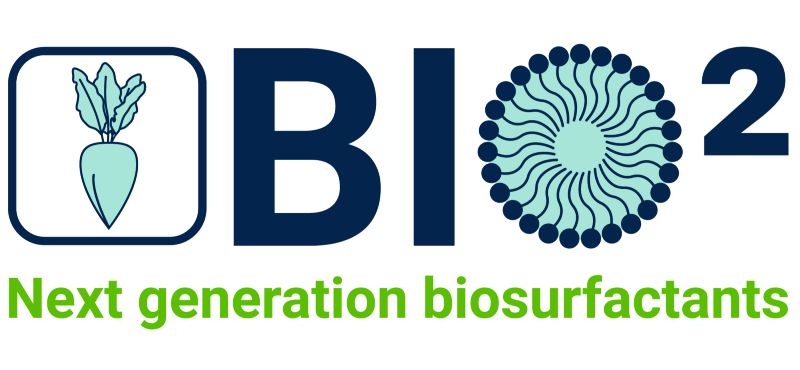
The FocusLab Bio² aimed at the development of a competitive biorefinery process for the production of bio-based surfactants. Rhamnolipids (RLs) and mannosylerythritol lipids (MELs) were produced by recombinant strains of Pseudomonas putida and Ustilago maydis, respectively. The project combined strain optimization with process development and in situ product recovery approaches to account for the complex process requirements. A socioeconomic evaluation via Life Cycle Assessment guided the process design up to the evaluation in technical scale. By opening up new raw material sources, increasing yields and providing new analytical techniques, the project helped to enhance biosurfactant competitiveness on the market.
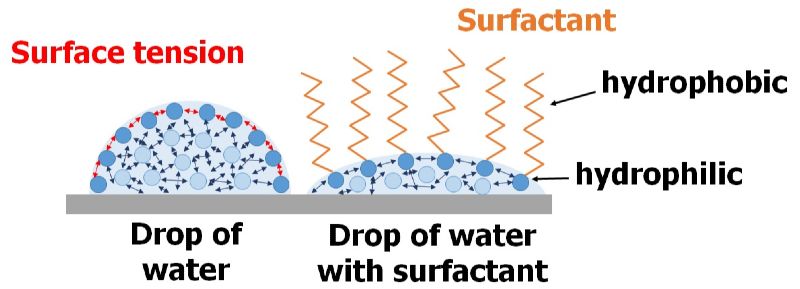
Completely bio-based surfactants („biosurfactants“) represent a sustainable alternative to surfactants produced from crude oil. (Bio-)Surfactants reduce the surface tension of liquids or the interfacial tension of dispersions (Figure 1). This enables a wide range of applications. Consequently, surfactants are used as detergents in cleaning agents, as foaming agents in firefighting, and as emulsifiers in the food industry. Biosurfactants are of microbial origin and can be produced from renewable raw materials.
Production costs for biosurfactants are higher compared to surfactants produced from crude oil. This is caused by the use of expensive raw materials and by low yields and production efficiencies of the microorganisms. Furthermore, the use of sugars or oils as raw materials competes with food production and has to be evaluated critically. Additionally, process control in classical bioreactors is hampered by the biosurfactant’s inherent property of foam formation. Although foaming can be reduced by adding antifoaming agents, this impedes the purification process.
The aim of Bio2 was to address these challenges in a holistic approach along the entire process chain. Therefore, strain and process engineering were considered simultaneously and process stages were interconnected. The work was accompanied by a socio-economic analysis to evaluate and improve the resulting process in terms of ecological, economic and social aspects. Rhamnolipids produced by Pseudomonas putida and mannosylerithrytollipids (MEL) produced by Ustilago maydis were selected as examples of biosurfactants.
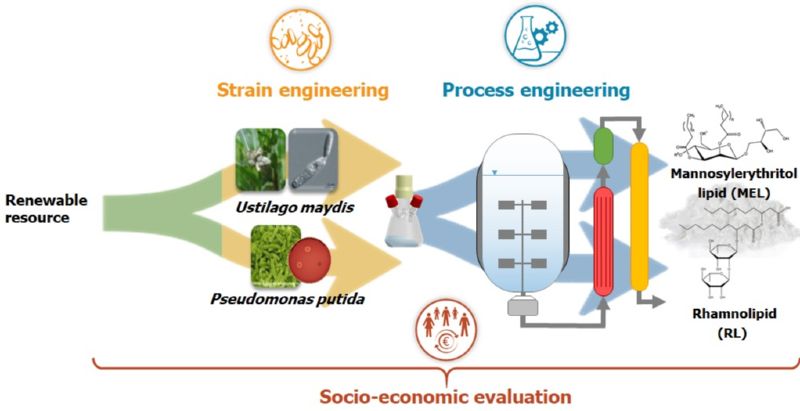
The holistic approach could only be implemented in a highly interdisciplinary team. Accordingly, natural scientists and engineers from different disciplines worked closely together within the project.
Growth on renewable resources
For Pseudomonas putida, the substrate spectrum was extended to xylose and ethanol. Xylose is an important constituent of lignocellulose. Consequently, investigation of rhamnolipid production for example from beech wood hydrolysate will be possible. This way, a direct link to the FocusLab AP³ was created. Expansion of the substrate spectrum towards ethanol opens up further options to use alternative carbon sources.
For Ustilago maydis, metabolization of polygalacturonic acid was achieved by the overexpression of heterologous polygalacturonases. This leads the way to using substrates containing pectin, such as sugar beet pulp (SBP). SBP is a by-product of sugar beet processing. Also, it was evaluated if the biomass remaining after the production process can be used as fermentation substrate to utilize remaining waste streams.
Strain development to increase product quantities
For P. putida, numerous promoter systems for the expression of the rhamnolipid biosynthesis genes were adapted. These increase the genetic stability and allow the optimization of the production, for example by adjusting the induction timepoint. Additionally, the genome was reduced to reduce energy-intensive applications such as the formation of flagella. A specially developed high-throughput assay in microtiter plate format considerably simplifies the comparative analysis of glycolipid producers.
When using renewable raw materials, the nitrogen content cannot be controlled at will. To reduce the nitrogen dependency of the MEL production in U. maydis, a 2A peptide strategy for the artificial regulation of the biosynthesis steps was established. Furthermore, important steps for the production of pure MEL-D production could be achieved by eliminating side products such as ustilaginic acid and itaconic acid.
More Information: Production of mannosylerithrytol lipids with Ustilago maydis
More Information: Production of rhamnolipids with Pseudomonas putida
Holistic process development
A new concept for aerobic cultivation - membrane gassing - was developed within the project and a patent application was filed. The integration of the corresponding modules into existing bioreactors enables almost bubble-free aeration of the bioreactor and nearly completely avoids foam formation in the process. The interconnection of the membrane module with a filtration membrane for cell retention also provides the basis for in situ product separation.
For purification of the glycolipids from the fermentation broth, different process alternatives were evaluated, which achieve high product purity combined with high recovery and thus low product losses. Pre-selected separation operations were examined experimentally and model-based screening experiments were performed. Afterwards, purification processes were established by interconnecting the examined separation operations. The corresponding process chains were evaluated for different substrates from a socio-economic point of view. The accompanying evaluation of various environmental indicators as part of a Life Cycle Assessment guided the process optimization.
More Information: Process development and socioeconomic evaluation
The holistic process approach was successfully put into practice during the project. This is expressed, among other things, in a joint publication on the project's rhamnolipid part.


Dr. Nina Ihling
AVT - Biochemical Engineering, RWTH Aachen
E-Mail
Prof. Dr.-Ing. Jochen Büchs, Dr. Nina Ihling, Maximilian Schelden, Katharina Miebach
AVT – Biochemical Engineering, RWTH Aachen
Prof. Dr. Michael Feldbrügge, Dr. Kerstin Schipper, Dr. Silke Jankowski, Dr. Marius Terfrüchte, Magnus Philipp
Institute of Microbiology, HHU Düsseldorf
Prof. Dr. Lars Blank, Dr. Till Tiso, Dr. Isabel Bator
ABBt – Applied Microbiology, RWTH Aachen
Prof. Dr. Karl-Erich Jaeger, Dr. Stephan Thies, Dr. Sonja Kubicki
Institute of Molecular Enzyme Technology, HHU Düsseldorf
Prof. Dr.-Ing. Andreas Jupke, Andreas Biselli
AVT – Fluid Process Engineering, RWTH Aachen
Prof. Dr. Matthias Wessling, Robert Keller, Patrick Bongartz
AVT – Chemical Process Engineering, RWTH Aachen
Prof. Dr. Jürgen-Friedrich Hake, Dr. Wilhelm Kuckshinrichs, Dr. Petra Zapp, Dr. Andreas Schreiber, Andreas Schonhoff
IEK-STE Systems Analysis and Technology Evaluation, Forschungszentrum Jülich
01.05.2017 – 31.12.2020
The total budget of Bio² was 2,289,709 €. Bio² is part of the NRW-Strategieprojekt BioSC and thus funded by the Ministry of Culture and Science of the German State of North Rhine-Westphalia.
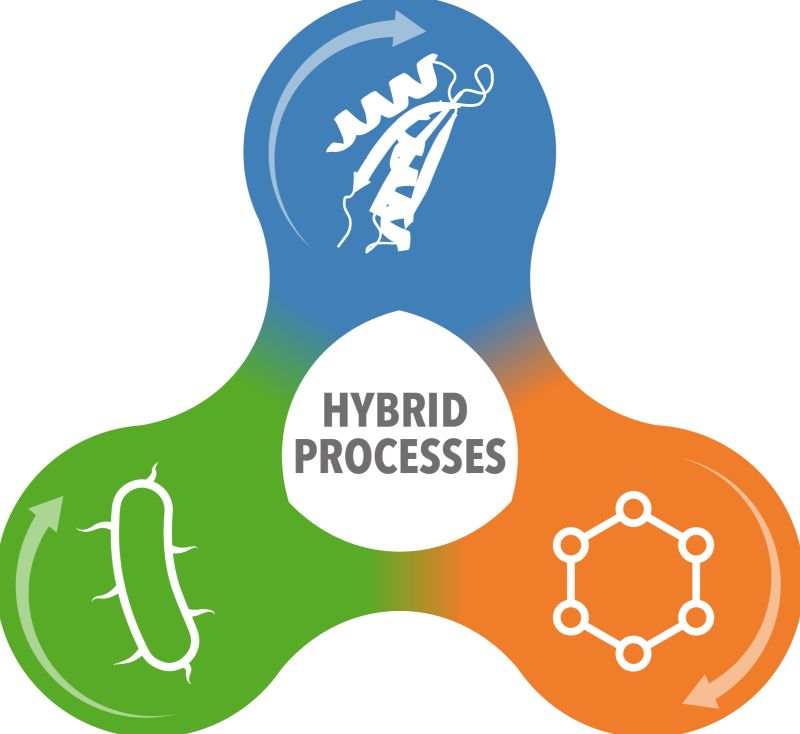
In order to build economically viable biorefinery concepts, the development of closely linked bio- and chemo-transformation approaches and customized down-stream processing is required. On the basis of these hybrid production processes, one-dimensional value chains can be overcome and biorefineries can be developed into ecologically and economically operating “multi substrate to multi product” factories. An initial hybrid demonstrator process to produce platform chemicals and pharmaceutical compounds was developed in the BioSC HyImPAct project.
CO2-neutral production requires the development of an industrial bioeconomy based on renewable raw materials such as plant biomass. In this context, biorefineries occupy a central place in order to be able to realize closed-loop approaches with a low carbonfootprint. Starting with biomass – ideally regional residue streams such as wastes from agriculture and forestry, as well as from food-processing industry – chemical precursors, biopolymers and pharmaceutical compounds can be produced in biorefineries using bio- or chemocatalytic substance transformations.
However, such a broad product range will be accessible only if there is a consequent development of existing biorefinery concepts towards “multi substrate – multi product” factories. This approach, hereinafter referred to as “hybrid production process”, is not fundamentally new but has been pursued in many different fields of industrial production for some time.
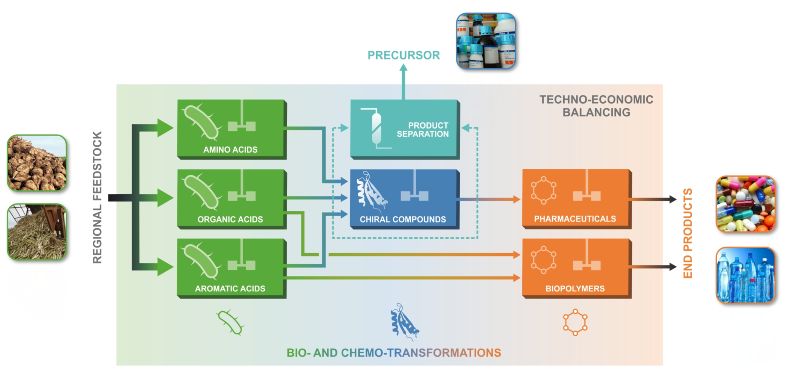
In the framework of the BioSC-funded “HyImPAct” FocusLab, hybrid production processes are being developed based on renewable resources (Fig. 1). The focus is on biological and technical approaches based on a close integration of bio- and chemo-transformations and down-stream processing. The work is supported by techno-economic analyses that deal specifically with the comparison of the alternative methods developed in “HyImPAct” with already established production processes.
Lowering the carbon footprint in the supply of precursors
At the beginning of the project, a major goal was to further develop the platform organism Corynebacterium glutamicum to enable the utilization of glucose and xylose from lignocellulosic biomass. Through targeted engineering of the organism's metabolic pathways, several optimized producer strains could be developed for the carbon-efficient conversion of both sugars into the desired precursors covering amino, organic and aromatic acids (Fig. 1).
Characterization and screening of these strains can be aided using extracellular biosensors. Such sensors were developed in the HyImPAct affiliated SEED FUND “XyloSens”. Biosensors based on Förster resonance energy transfer can be added to the cultivation medium and allow monitoring of process parameters without any interference.
For two bulk chemicals, namely a-ketoglutarate and succinate, as well as several fine chemicals, including pyruvate, alanine and hydroxybenzoates, lab-scale bioprocesses were developed and further optimized.
Succinic acid, for example, is an important platform chemical in the chemical industry and forms the basis for a wide variety of industrial applications. In addition, it is a central building block for various polyesters, including the biodegradable polybutylene succinate. Specifically, bio-based succinate from HyImPAct was utilized for the development of high-performance bioplastics in the affiliated SEED FUND “R2HPBIO”. According to estimates of the nova Institute, the industrial demand for succinic acid will increase to 94,000 metric tons per year over the next 5 years. If produced based on only fossil resources, the corresponding fourfold quantity of carbon would be withdrawn from the earth and ultimately fed into the CO2 cycle.
In addition to the development of tailor-made down-stream processing strategies for different precursors, HyImPAct was accompanied by a life cycle analysis. The carbon footprint was evaluated based on the experimental data of two realized lab-scale processes for succinic acid and the optimal production processes simulated in the former BOOST FUND project “BeProMod”. For an economically competitive scenario, maize stover as a potential regional residue stream was comparatively analyzed.
In contrast to the wide application of platform chemicals in the chemical industry, connected with large-scale productions, high-value products such as pharmaceuticals are needed in considerably smaller quantities. As a result, the carbon footprint is not the decisive criterion for life cycle assessment.
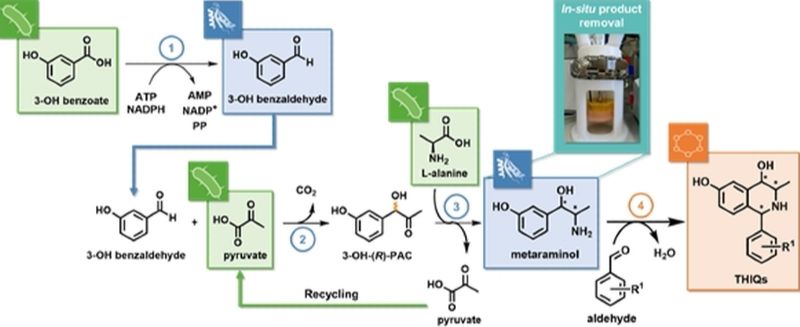
Environmentally friendly production of bio-based pharmaceuticals
Active pharmaceutical ingredients are often chiral substances in which the atoms can take up different spatial arrangements. Substances with identical molecular formula but different spatial structures are called enantiomers. Nevertheless, chirality is of enormous importance for the correct activity of a pharmaceutical since the biological activity is mostly based on a specific enantiomer.
In order to specifically produce individual enantiomers, a multi-phase synthesis using protecting group chemistry and toxic adjuvants is traditionally required. These methods thus contribute to a significant waste streams formation. Bio-transformations based on enzymatic cascades are an ecologically and economically meaningful alternative. Using biodegradable and highly selective biocatalysts, high-value molecules from bio-based materials can be produced under mild reaction conditions.
At this point the hybrid demonstration process pursued in the “HyImPAct” project comes in with the specific chiral compound metaraminol and the class of tetrahydroisoquinoline as pharmaceutical products (Fig. 1). Suitable bio- and chemo-catalysts with high activity could be obtained for all cascade steps, particular for the conversion of real substrates from cell-free supernatants of the upstream microbial bio-transformation.
The current results show that hybrid production processes allow sustainable production of platform chemicals and active pharmaceutical ingredients based on renewable resources. Hybrid process approaches are therewith essential for the achievement of already decided climate targets regarding their CO2-neutrality and a consequent implementation of existing environmental standards in the production of valuable substances and thus will inevitably gain in economic importance.
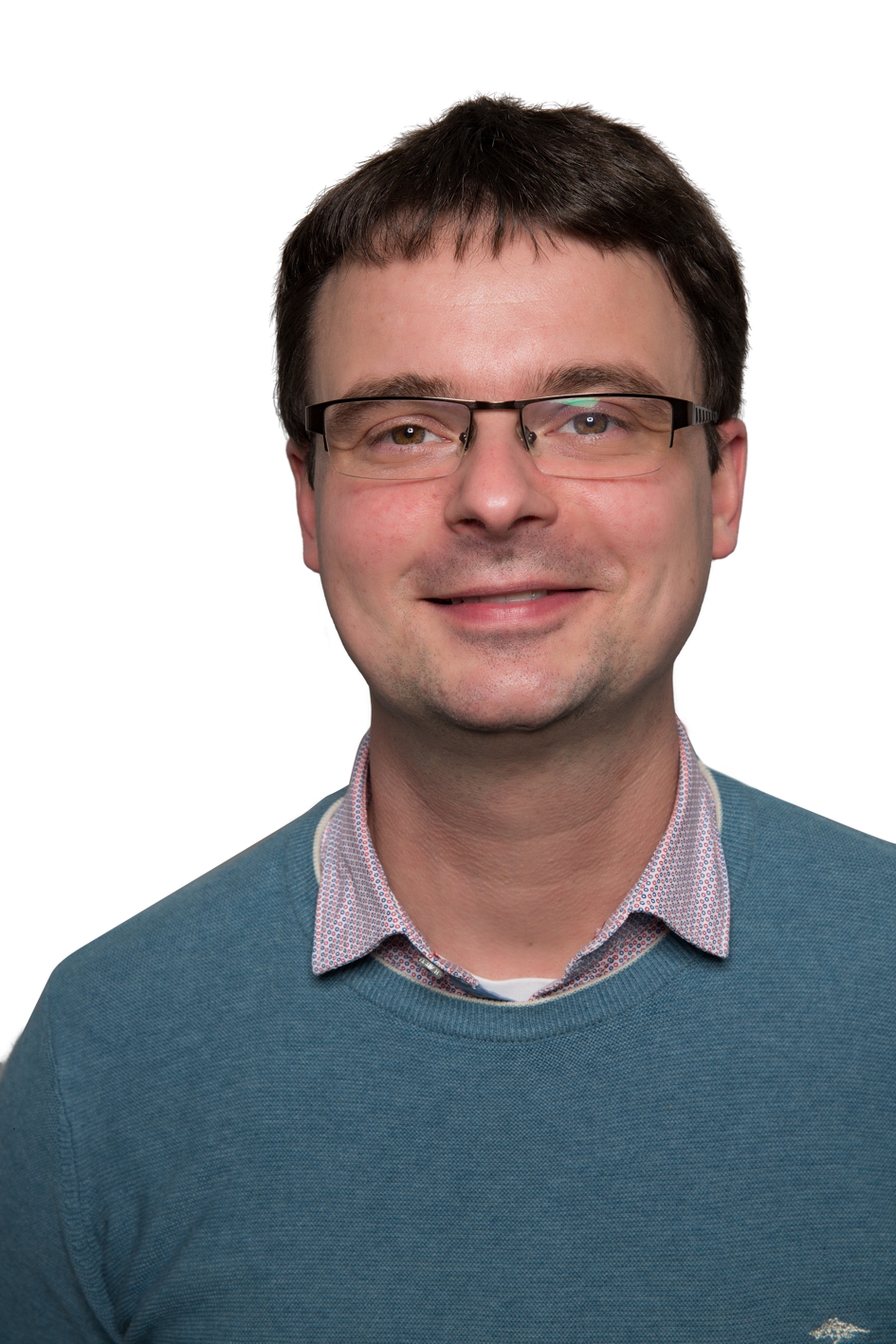
Dr.-Ing. Stephan Noack
IBG-1 Biotechnology, Forschungszentrum Jülich
E-Mail
Prof. Dr.-Ing. Wolfgang Wiechert, Dr.-Ing. Stephan Noack, Prof. Dr. Dörte Rother, Prof. Dr. Jan Marienhagen, Mohamed Labib, Christian Brüsseler, Laura Grabowski, Kevin Mack, Douglas Weber, Jochem Gätgens
IBG-1 Biotechnology, Forschungszentrum Jülich
Prof. Dr. Jörg Pietruszka, Andreas Sebastian Klein, Anna Christina Albrecht
Institute of Bioorganic Chemistry, HHU Düsseldorf
Prof. Dr.-Ing. Andreas Jupke, Moritz Doeker, Christian Kocks, Thomas Fuchs
AVT – Fluid Process Engineering, RWTH Aachen
Prof. Dr. Grit Walther, Dr. Angel Merchán, Michael Wolff
Chair of Operations Management, RWTH Aachen
HERBRAND PharmaChemicals GmbH
01.01.2018 – 30.09.2021
The total budget of HyImPAct is € 1.905.990. HyImPAct is part of the NRW-Strategieprojekt BioSC and thus funded by the Ministry of Culture and Science of the German State of North Rhine-Westphalia.
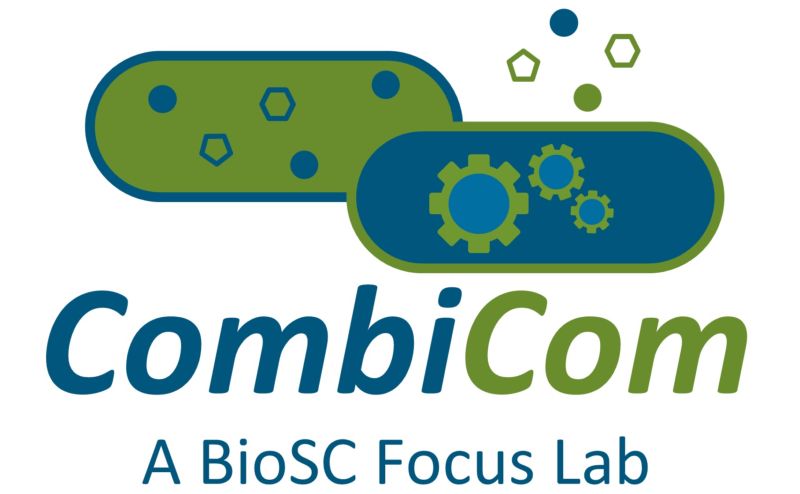
Natural products, which are produced as secondary metabolites by organisms from all kingdoms of life, represent a rich source of bioactive compounds. They can be applied in the agricultural and the pharma sector or serve as chemical frameworks for developing new agrochemicals and pharmaceuticals where new agents are urgently required to meet food and health demands of modern societies.Reinforcing the change of paradigm from synthetic chemistry to sustainable microbial production, the CombiCom project has thus exploited natural product biosynthetic pathways to deliver such bioactive natural products and structurally derived compounds. Addressing potential market introduction, this was accompanied by the assessment of relevant bioactivities and an evaluation of the social acceptance of synthetic biology associated products. The consortium of nine BioSC Core Groups collaboratively developed the project over the years 2017-2020.
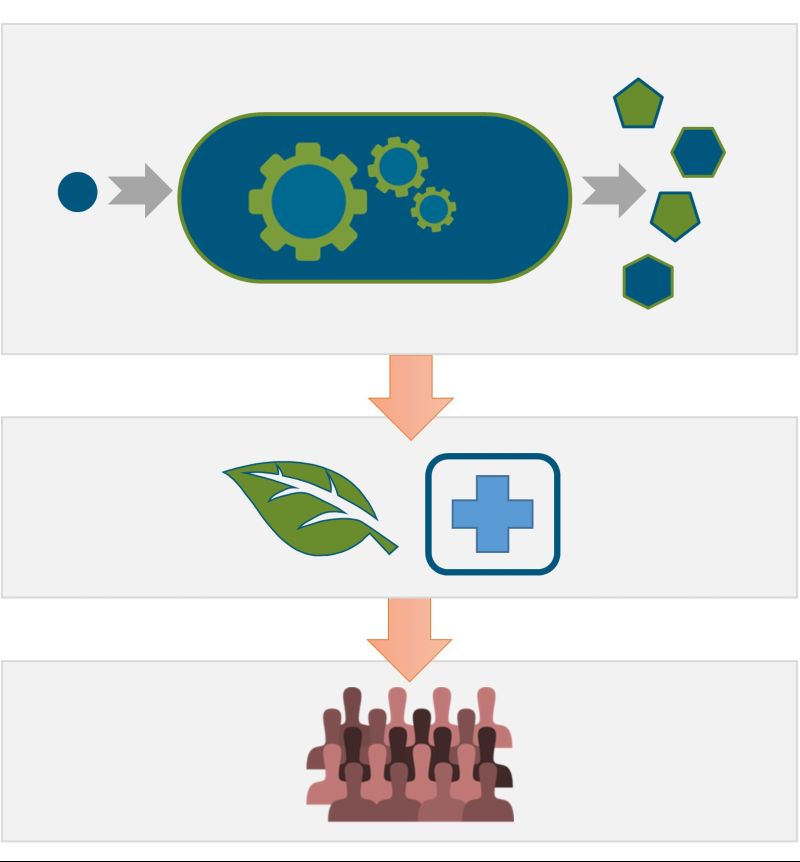
We established a “synthetic biology platform” with the bacteria Rhodobacter capsulatus and Pseudomonas putida, the fungus Ustilago maydis and Chlorellaceae green algae to exploit specific features of non-photosynthetic and photosynthetic organisms. They were equipped with genetic modules to produce diverse natural terpenoids, prodiginine pyrrole alkaloids and glycolipids – as well as derivatives thereof. To this end, we developed and combined smart tools, especially focusing on genomic integration of genes, multi-gene expression, (opto)genetic fine-control of gene expression and pathway-specific precursor biosynthesis. Their application together with chemical precursor modification and enzyme engineering enabled the production of over 50 biomolecules, which were hitherto difficult to obtain. For especially promising microbial strains as well as representatives of the microalgal Chlorellaceae group, we developed tailored bioprocess approaches for microbe-based compound production and extraction procedures.
Here, for example, newly established online monitoring methodology enabled following prodigiosin production by P. putida in real-time during cultivation. Key insights into growth and production characteristics directed bioreactor-based pilot production.
Terpenoid production was particularly successful with R. capsulatus and U. maydis, the latter also producing high levels of glycolipids, while diverse prodiginine structures were obtained using P. putida as a chassis and combining synthetic biology and synthetic chemistry. Similarly, for the green microalga Parachlorella kessleri, a new methodology of cell-wall permeabilisation was developed to facilitate product extraction and molecular manipulation.
Gathered knowledge about the strains’ individual and unique capacities shall contribute to transfer each microbial chassis along with a designated toolkit to a next level of applicability in biotechnology for natural compound production.
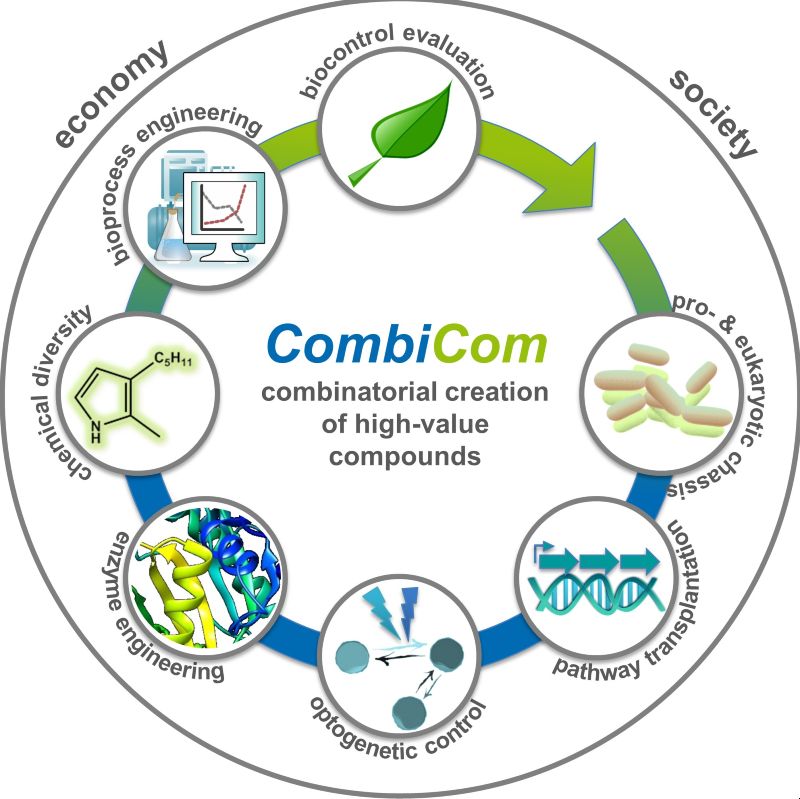
We further directly subjected CombiCom compounds to investigation of their plant protection and pharmacological potential. We identified several promising bioactive ‘hits’ that have the potential to be developed into novel antiphytopathogenic agents: For example, among a set of terpenoids, nootkatone was identified to inhibit the plant parasitic nematode Heterodera schachtii by activating plant defense and β-caryophyllene was found to have specific activity against plant pathogenic fungi like Sclerotinia sclerotiorum. Specific prodiginines showed pronounced activity against fungi, nematodes as well as cytostatic activity in breast cancer cells.
More Information: Combinatorial synthesis of bioactive prodiginines
More Information: Microbial production of bioactive terpenes
Potential applications and social acceptance of synthetic biology
Finally, we explored key barriers and success factors for the commercialisation of such products. Here, we highlighted how understanding of “drivers for the emergence of synthetic biology” differed across groups of stakeholders within an “invention ecosystem” that is emerging – focusing on the case of the Heinrich-Heine-University Düsseldorf. A further key insight regarding the acceptance of new technologies, which is a crucial determinant for successful market introduction, pertained to the importance of positively establishing potential benefits to consumers – including by engaging certain actors along the value chain and across the emerging invention ecosystem.
More Information: Synthetic Biology - Promises and socioeconomic implications
The FocusLab project CombiCom has thus yielded important results boosting the microbial production of known and new high-value bioproducts.
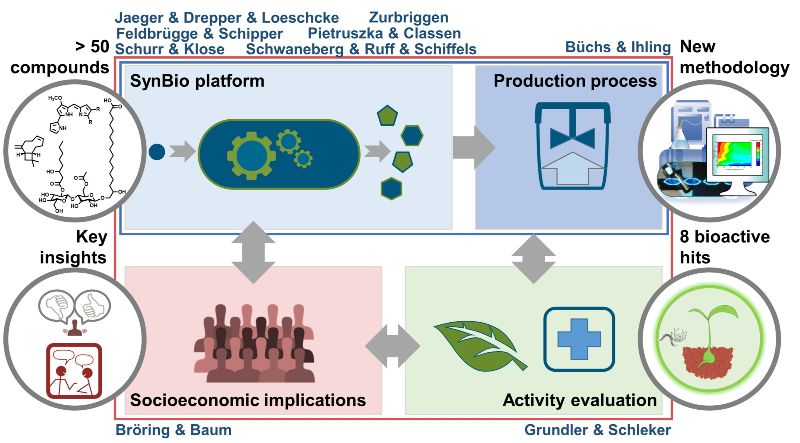
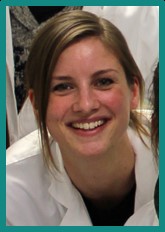
Dr. Anita Loeschcke
Institute of Molecular Enzyme Technology, HHU Düsseldorf
E-Mail
Prof. Dr. Karl-Erich Jaeger, Dr. Anita Loeschcke, Dr. Thomas Drepper, Robin Weihmann, Fabienne Hilgers
Institut für Molekulare Enzymtechnologie, HHU Düsseldorf
Prof. Dr. Michael Feldbrügge, Dr. Kerstin Schipper, Jungho Lee, Peter Stoffels
Institut für Mikrobiologie, HHU Düsseldorf
Prof. Dr. Matias Zurbriggen, Nicole Heucken, Lisa Hüsemann
Institute of Molecular Enzyme Technology, HHU Düsseldorf
Prof. Dr. Jörg Pietruszka, Dr. Thomas Classen, Jan Gebauer, Hannah Brass
Institute of Bioorganic Chemistry, HHU Düsseldorf
Prof. Dr. Ulrich Schwaneberg, Dr. Anna Joëlle Ruff, Dr. Johannes Schiffels, Stefanie Brands
ABBt – Biotechnology, RWTH Aachen
Prof. Dr.-Ing. Jochen Büchs, Dr. Nina Ihling, Carl Brehl
AVT – Biochemical Engineering, RWTH Aachen
Prof. Dr. Florian Grundler, Dr. Sylvia Schleker, Dr. Samer Habash
INRES – Molecular Phytomedicine, Universität Bonn
Prof. Dr. Ulrich Schurr, Dr. Holger Klose, Dr. Diana Reinecke-Levi
IBG-2 Plant Sciences, Forschungszentrum Jülich
Prof. Dr. Stefanie Bröring, Dr. Chad M. Baum
ILR – Technology, Innovation Management and Entrepreneurship, Universität Bonn
01.05.2017 – 31.12.2020
The total budget of CombiCom was € 2.392.370. CombiCom is part of the NRW-Strategieprojekt BioSC and thus funded by the Ministry of Culture and Science of the German State of North Rhine-Westphalia.
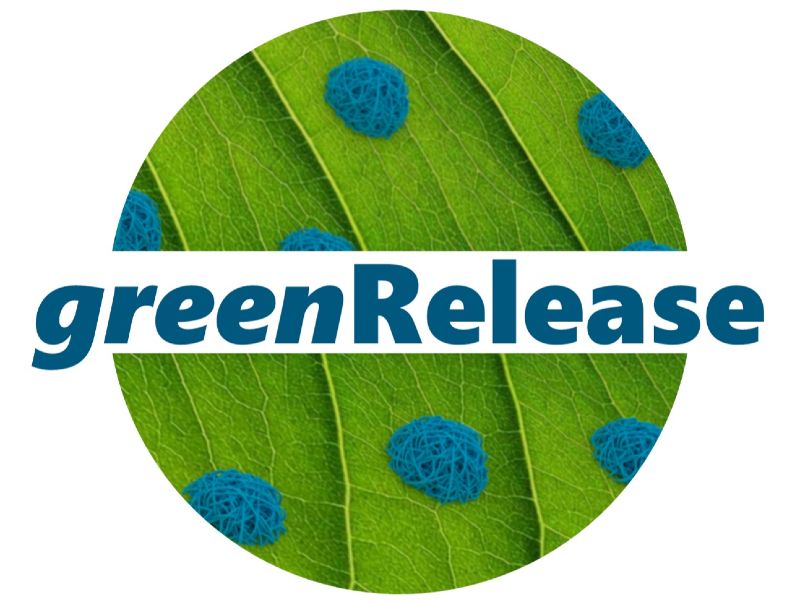
The main objective of the FocusLab greenRelease is to significantly reduce fungicide and herbicide usage and thereby contributing to a sustainable agriculture and bioeconomy. In the course of the project, we developed the greenRelease technology (initiated in the BioSC projects: GreenGel, RIPE, and BiFuProts) into a robust and field validated platform technology for plant protection. The technology was applied and finally validated in field trials that were independently performed by the chamber of agriculture from North Rhine-Westphalia in 2020. We achieved the same protection against the Apple Scab disease with a significantly reduced fungicide usage (3-fold compared to commercial products). In parallel, a regulatory and economic assessment of the technology was performed and we currently evaluate the technology transfer potential of the greenRelease technology.
Many pesticides have an inherent weakness: The active ingredients do not adhere sufficiently to the plants intended to be protected and are washed off by rain into the soil as well as into the ground water. To overcome these drawbacks of conventional pesticides, the greenRelease technology was developed. Its unique technical application characteristics are based on the combination of biocompatible microgel containers (100 nm to 10 µm) and anchor peptides. Microgels are soft porous polymer colloids, which can be loaded with active ingredients and can attach through tailor-made anchor peptides on plant leaves at ambient temperature by simple spray applications. Main advantages of the greenRelease technology over existing release technologies are the controlled, triggered release of compounds over weeks or even months, minimized losses due to a high rainfastness, plant compatibility, and most importantly tunable biodegradability.
Within the FocusLab greenRelease, biotechnologists, polymer chemists, plant scientists, microbiologists, and economists join forces to achieve the goal of a field validated release technology that enable the significant reduction of pesticide usage. The development and production of microgels that release active compounds as well as the identification of anchor peptides binding to the selected target plants was achieved in 2018. The first priority was the loading and release of copper as active compound (fungicide) within the microgels. Other priorities were initial application tests of microgels, anchor peptides, and anchor peptide-microgel hybrids to establish assays and validation systems and to perform application, degradation as well as microbial response tests. In 2019, the production was scaled up in order to serve the demands (120 L formulation) of the field trials that were performed in 2020.
The greenRelease technology provided a rainfast protection of sugar beet and apple under controlled conditions with 40-times reduced copper amounts compared to commercial formulations. greenRelease did not show any negative influence on plant growth and microorganisms were identified that can potentially degrade the microgels (further investigations are performed). Finally, we validated the technology in field trials that were performed by the chamber of agriculture in an apple orchard. We showed that a 3-fold reduction of copper compared to commercial formulation was sufficient to prevent Apple Scab disease.
More Information: Development of microgels and identification of anchor peptides
More Information: Biodegradability
More Information: Validation on crop plants
Based on different workshops and expert interviews, we developed a business plan and participated in the business plan competition “Biogründer-Wettbewerb” of Biosecurity GmbH. Here, the greenRelease technology fully convinced the jury and took the 1st place. The generated results together with the feedback from workshops as well as the expert interviews and the farmer survey show the high transfer potential of the technology.
More Information: Technology transfer and market potential
The postulated goal to develop a field validated release technology was successfully achieved by the partners and the greenRelease technology is now ready for innovations and follow up projects for a sustainable agriculture.
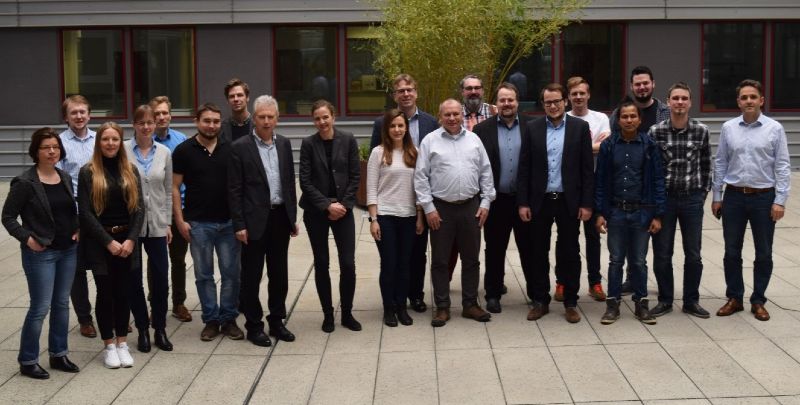
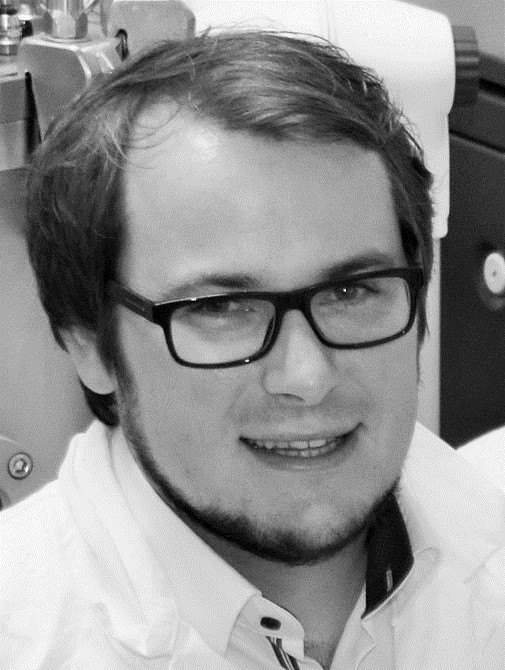
Dr. Felix Jakob
ABBt - Biotechnology, RWTH Aachen University
E-Mail
Prof. Dr. Ulrich Schwaneberg, Dr. Felix Jakob, Christin Brethauer, Liudmyla Goncharenko
ABBt – Biotechnology, RWTH Aachen
Prof. Dr. Uwe Conrath, Dr. Caspar Langenbach, Patrick Schwinges
ABBt – Plant Physiology, RWTH Aachen
Prof. Dr. Andrij Pich, Alexander Töpel, Tim Sassmann, Xu Wenjing
ITMC – Functional and Interactive Polymers, RWTH Aachen
Prof. Dr. Stefanie Bröring, Dr. Michael Wustmans
ILR – Technology, Innovation Management and Entrepreneurship,
Universität Bonn
Prof. Dr. Georg Groth, Dr. Alexander Hofmann
Institute of Biochemical Plant Physiology, HHU Düsseldorf
Prof. Dr. Holger Gohlke, Jonas Dittrich
Computational Pharmaceutical Chemistry and Molecular Bioinformatics, HHU Düsseldorf
Prof. Dr. Georg Noga, Dr. Shyam Pariyar
INRES – Horticultural Science, Universität Bonn
Prof. Dr. Claudia Knief, Janina Zierul, Romy Geer
INRES – Molecular Biology of the Rhizosphere, Universität Bonn
Prof. Dr. Ulrich Schurr, Dr. Fabio Fiorani, Dr. Henning Lenz
IBG-2 Plant Sciences, Forschungszentrum Jülich
01.01.2018 – 30.06.2021
The total budget of the greenRelease FocusLab was € 2,337,095.00. The greenRelease FocusLab is part of the NRW-Strategieprojekt BioSC and thus funded by the Ministry of Culture and Science of the German State of North Rhine-Westphalia.
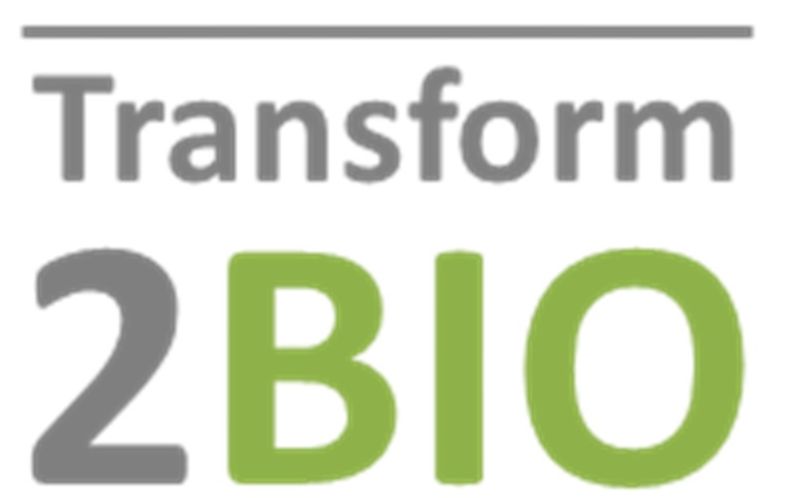
In the coming years the lignite mining region the Rheinische Revier will undergo significant transformative change. To mitigate the impacts of structural change, the objective is to turn the region into a model region for a sustainable bioeconomy. This process creates a unique opportunity for society as it will provide rare insights into the way such transformation processes work. In addition, valuable knowledge for the future will be gained.
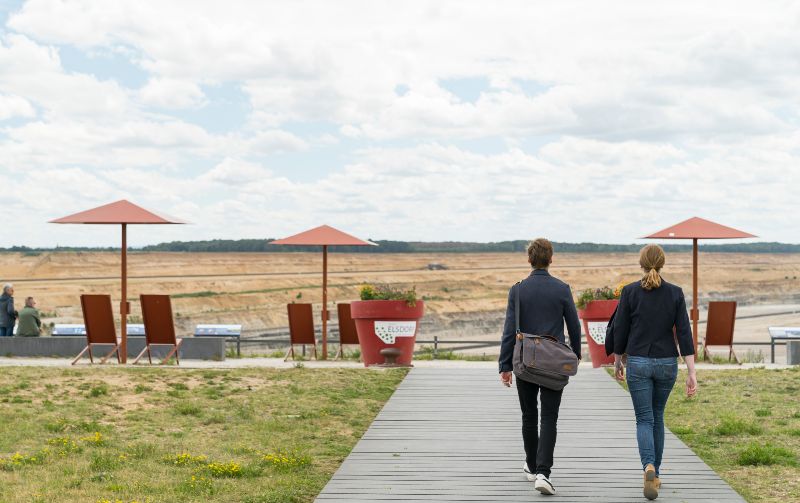
The Rheinische Revier is the largest interconnected lignite mining area in Europe. At the same time, this region pursues the objective of becoming a model region for a sustainable bioeconomy in the coming years. A regional transformation process of this magnitude, however, is not only a question of technological and economic progress but also inheres complex social changes.
In the competence platform project Transform2Bio we set focus on understanding how such a social transformation process works - and what we can learn from it. Even though the Rheinische Revier as a model region is embedded in a particularly dynamic context, some of the underlying general conditions and processes are not limited to the region but can also provide valuable insights far beyond the Rheinische Revier. Comparable regional transformations are taking place across the world - from Lusatia (Germany) to New Zealand.
Our research thus addresses, for example, the question of how to balance the diverging interests of many societal groups. Perspectives, for instance, between companies, farmers and citizens' associations, can differ fundamentally. In order to help shape transformation processes jointly and successfully, inclusive processes and new ideas are required for reaching consensus across society.
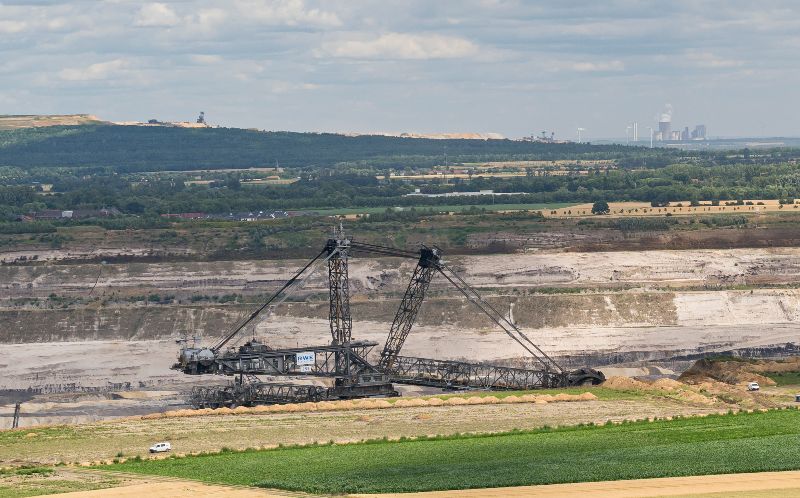
This objective is also very closely related to the question of stakeholder involvement of different societal groups. However,the mere knowledge of different perspectives does not automatically lead to their balanced consideration. From experience, for example with the Energiewende in Germany, we know that some forms of participation in decision-making processes are promising – while others are not. In the worst case, a misguided (or lack of) involvement of the actors can lead to societal groups turning away from the transformation of their region or even attempting to block it. Thus, we research ways and means of collectively implementing a sustainable bioeconomy.
The agricultural sector provides a particularly interesting example as farmers, the regional supplier of biomass, constitute a key actor for the success of a sustainable bioeconomy. Farmers are regularly faced with complex decisions and often have to plan many years in advance, as the cultivation of certain crops can leave its mark on the soil for years to come. Added to this are changing demands on humans and nature due to the impacts of climate change - but also exciting opportunities that come with new technologies and digitalization. Further, demands for sustainable forms of cultivation and resilient supply chains are becoming ever more important for society as a whole, prompting reforms of the complex political framework. It is therefore vital to understand what factors are central to farmers and what considerations guide their decisions. Equally important is the question of how the produced biomass is subsequently used. Farmers are interested in knowing to what extent their produce is in demand by consumers and industry. At the same time, however, industry needs appropriate conditions to produce both innovative and sustainable products.
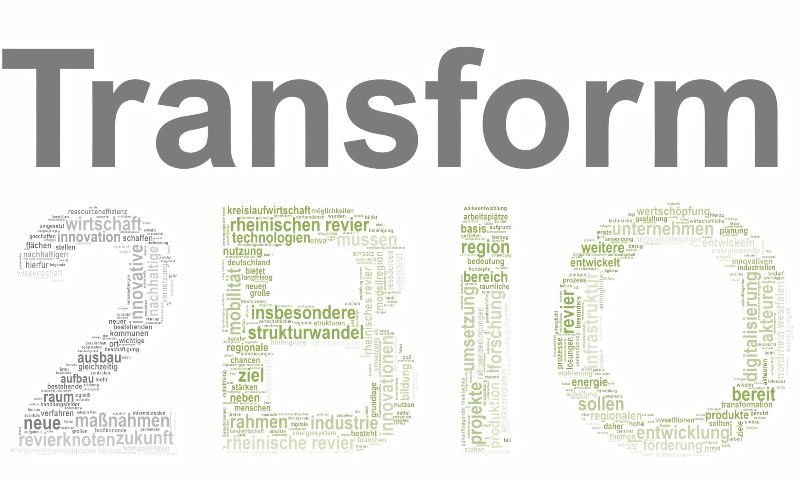
As discussed, a multitude of interests and interdependencies must be taken into account in order to make decisions in a commonly comprehensible and transparent way. In order to support decision makers in such complex decisions, we bundle the collective knowledge of the stakeholders and use a multi-criteria decision analysis as a methodical approach. This enables us to understand and take into account which decision criteria are of particular importance for different stakeholders and how these preferences influence the finding of common compromises.
The knowledge gained from this dynamic interplay is of enormous importance to ensure that we, as a society, continue to achieve our common goals in the future.
Thus, project results are meant to contribute to the success in current and future transformation processes – in the Rheinische Revier and beyond.
Further reading
BioökonomieREVIER - Model Region for Sustainable Bioeconomy in the Rheinische Revier
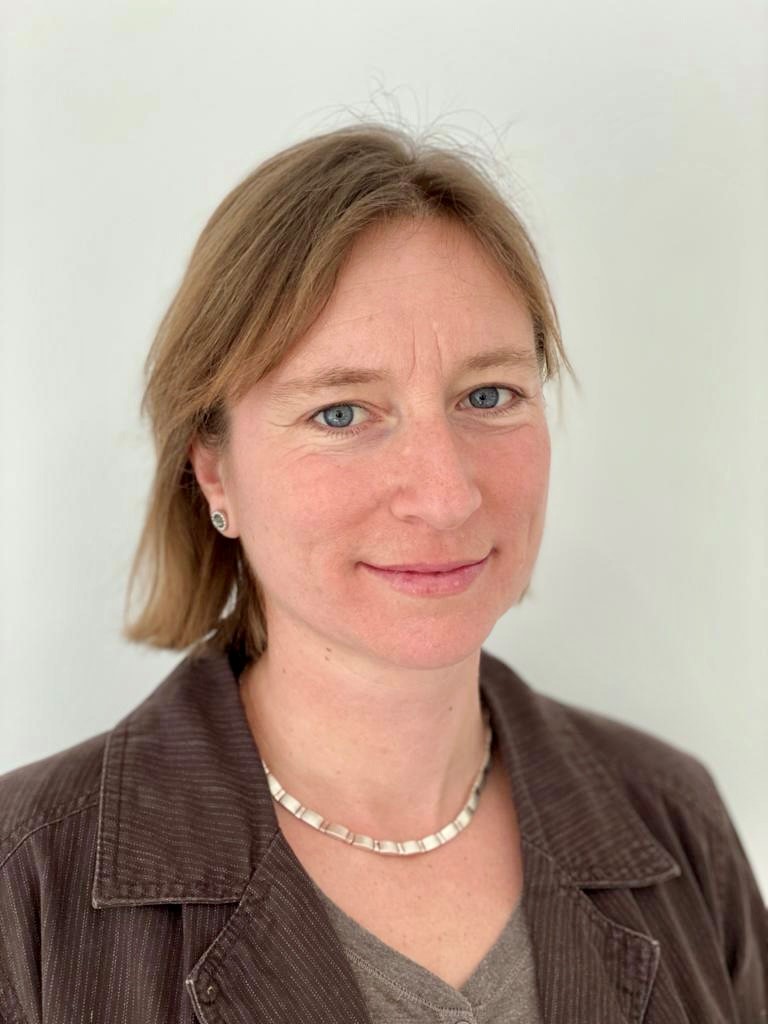
Prof. Dr. Sandra Venghaus
IEK-STE Systems Analysis and Technology Evaluation (IEK-STE), Forschungszentrum Jülich
E-Mail
Dr. Wilhelm Kuckshinrichs, Prof. Dr. Sandra Venghaus, Mirko Dallendörfer, Sophia Dieken, Florian Siekmann
IEK–STE Systems Analysis and Technology Evaluation, Forschungszentrum Jülich
Prof. Dr. Jan Börner, Dr. Sascha Stark
ILR – Economics of Sustainable Land Use and Bioeconomy, Universität Bonn
Prof. Dr. Joachim von Braun
ZEF – Economic and Technological Change, Universität Bonn
PD Dr. Wolfgang Britz, Dr. Till Kuhn
ILR – Economic Modelling of Agricultural Systems, Universität Bonn
Prof. Dr. Stefanie Bröring, Simon Ohlert, Anna Waßenhoven
ILR – Technology, Innovation Management and Entrepreneurshi, Universität Bonn
Prof. Dr. Monika Hartmann, Janine Macht, Jeanette Klink-Lehmann
ILR – Agricultural and Food Market Research, Universität Bonn
Prof. Dr. Thomas Heckelei, Dr. Yaghoob Jafari
ILR – Economic and Agricultural Policy, Universität Bonn
Prof. Dr. Silke Hüttel, Dr. Stefan Seifert
ILR – Production Economics, Universität Bonn
Prof. Dr. Ulrich Schurr, Dr. Leonie Göbel
IBG-2 Plant Sciences, Forschungszentrum Jülich
Prof. Dr. Grit Walther, Ali Abdelshafy
Chair of Operations Management, RWTH Aachen
01.09.2019 – 31.08.2022
The total budget of Transform2Bio is € 2.399.949. Transform2Bio is part of the NRW-Strategieprojekt BioSC and thus funded by the Ministry of Culture and Science of the German State of North Rhine-Westphalia.
The floating exhibition for the Science Year Bioeconomy 2020/21 set off for the second time in Hamburg on June 5. Again on the 2021 tour, the exhibit „Algae Flipper“ is on board, with BioSC being a contributor.
In NRW, the MS Wissenschaft will dock on the following dates:
August 16-19 in Krefeld-Uerdingen
August 20-23 in Düsseldorf
August 24-27 in Monheim
August 28-31 in Wesseling
1-3 September in Königswinter
The complete tour schedule and further information can be found online at https://ms-wissenschaft.de/en/.
CLIB International Conference 2021 Event Series: Final Event
29. Juni 2021
More Information
MECP 2020 - Multistep Enzyme Catalyzed Processes, Aachen
13.-16. September 2021
More Information
NRW PhD Day „Future Bioeconomy“, virtual
„Future Food - Sustainable and efficient production“
28. September 2021
Weitere Informationen
Bioökonomie-Camp, Berlin
30. September - 1. Oktober 2021
More Information
EFIB - European Forum for Industrial Biotechnology & the Bioeconomy, Wien
6.-7. Oktober 2021
More Information
Innovation Award 2021 of the BioRegions in Germany
June 27, 2021
More information
Call for Papers: Special Issue on promises of growth and sustainability in the bioeconomy
30. June 30, 2021
More Information
Kreativer Nachwuchs forscht für die Bioökonomie
July 15, 2021
More Information
INTERREG Project Circular-BIO
Max. project duration 6 months; latest end of project March 3, 2022
More Information
Acker, Algen, Algorithmen - The poetry competition in the Science Year Bioeconomy
September 28, 2021
More Information